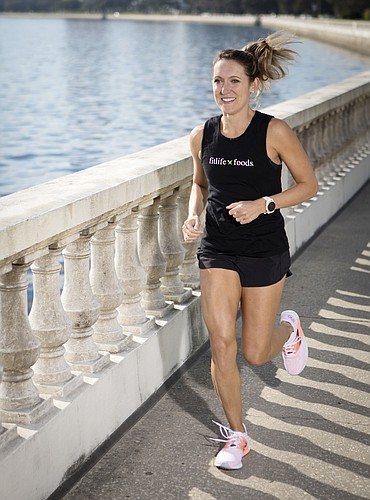- December 18, 2025
-
-
Loading

Loading

Executive: Penny Primus, 36, director of product marketing at Fitlife Foods, a Tampa-based company that specializes in fresh, healthy, ready-to-eat meals.
Diversion: In 2008, Primus got into competitive running, starting with a 5K race in South Tampa. Primus has since gone on to compete in 13 marathons, including iconic events like the Boston Marathon, which she has run twice.